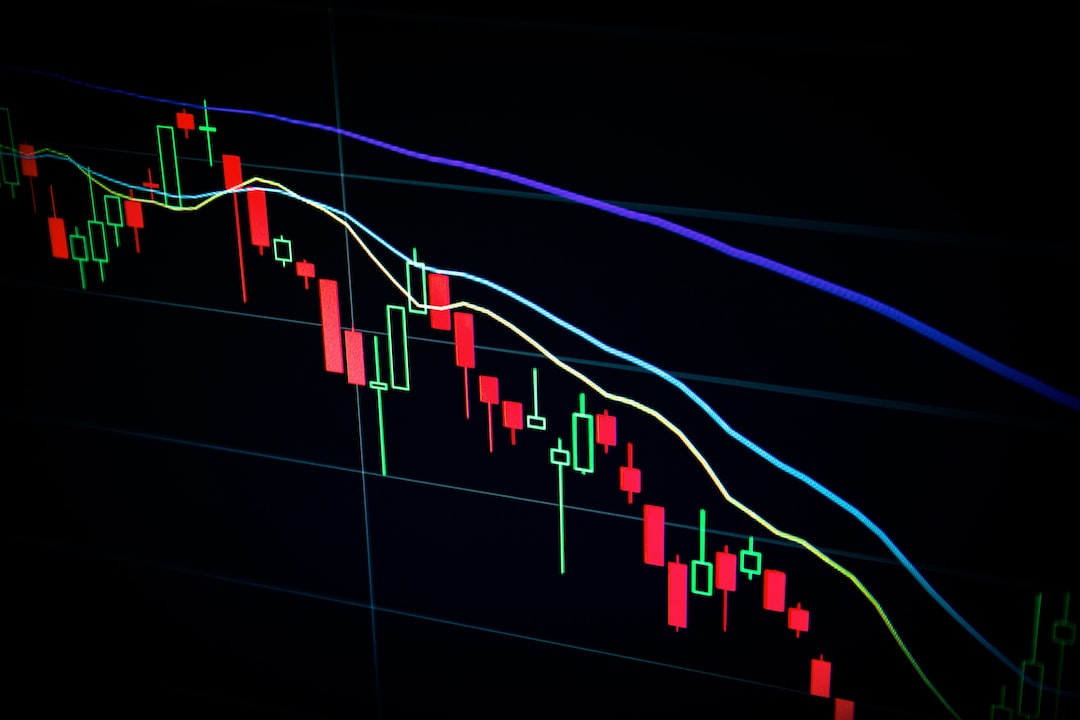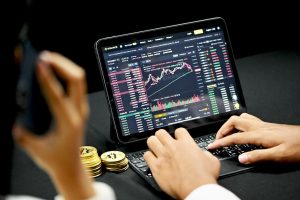Forex trading is a global phenomenon with traders from all over the world participating in it. As a result, the forex market is open 24 hours a day, five days a week, from Monday to Friday. However, not all trading hours are created equal. There are specific times when the market is more active, and trading is more profitable. In this article, we will look at the most active forex trading times and why they matter.
1. London Session
The London session is the most active forex trading session, accounting for almost 30% of all forex trading volume. It starts at 8:00 am GMT and ends at 4:00 pm GMT. The London session overlaps with two other major forex trading sessions, the Asian session and the US session, making it the most volatile period of the trading day.
During the London session, the trading volume in major currency pairs such as EUR/USD, GBP/USD, and USD/JPY increases significantly. This is because the London session is the center of the forex market in terms of trading volume, liquidity, and volatility. The Bank of England and other financial institutions based in London also release important economic data during this time, which can have a significant impact on the forex market.
2. New York Session
The New York session is the second most active forex trading session, accounting for around 20% of all forex trading volume. It starts at 1:00 pm GMT and ends at 9:00 pm GMT. The New York session overlaps with the London session for four hours, making it another highly volatile trading period.
During the New York session, the trading volume in major currency pairs such as EUR/USD, USD/JPY, and USD/CHF increases significantly. This is because the New York session is the center of the financial world, with the New York Stock Exchange and other major financial institutions based in the city. Economic data releases from the US government also tend to be released during this time, which can have a significant impact on the forex market.
3. Asian Session
The Asian session is the third most active forex trading session, accounting for around 10% of all forex trading volume. It starts at 12:00 am GMT and ends at 9:00 am GMT. The Asian session overlaps with the European session for several hours, making it another highly volatile trading period.
During the Asian session, the trading volume in major currency pairs such as USD/JPY, AUD/USD, and NZD/USD increases significantly. This is because the Asian session covers the trading hours of major financial centers such as Tokyo, Hong Kong, and Singapore. The Bank of Japan and other financial institutions based in Asia also release important economic data during this time, which can have a significant impact on the forex market.
4. Sydney Session
The Sydney session is the least active forex trading session, accounting for around 5% of all forex trading volume. It starts at 10:00 pm GMT and ends at 7:00 am GMT. The Sydney session overlaps with the Asian session for several hours, making it a relatively quiet trading period.
During the Sydney session, the trading volume in major currency pairs such as AUD/USD and NZD/USD increases significantly. This is because the Sydney session covers the trading hours of major financial centers in Australia and New Zealand. Economic data releases from these countries also tend to be released during this time, which can have a significant impact on the forex market.
In conclusion, the most active forex trading times are during the London and New York sessions, with the Asian session also being highly volatile. Traders should pay close attention to these trading sessions and adjust their trading strategies accordingly. It is also important to note that trading during quiet periods such as the Sydney session can be risky, as there may be low liquidity and increased volatility. As with any trading strategy, it is important to do your research and use risk management techniques to minimize potential losses.






